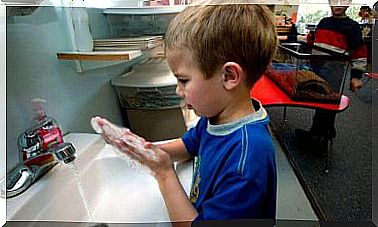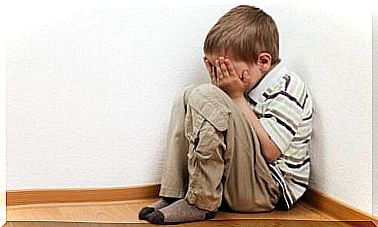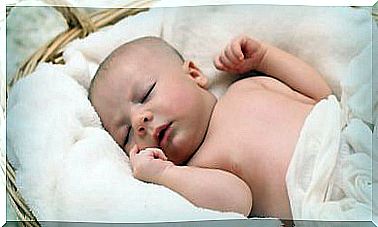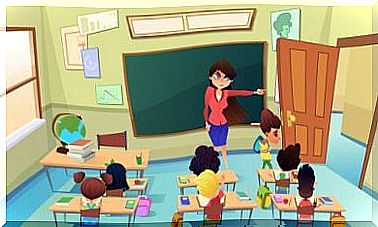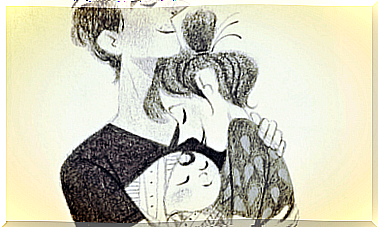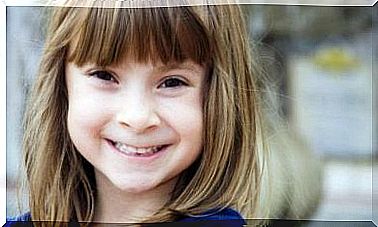The Development Of Attention In Children
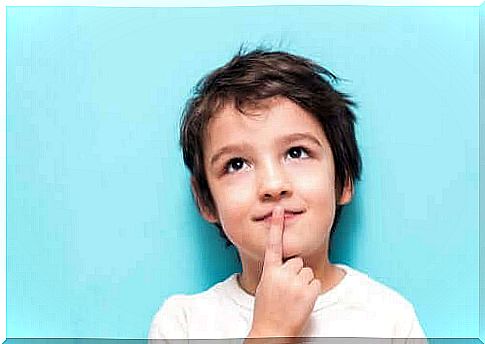
Attention is a basic cognitive capacity. Acquiring this skill is important so that the rest of the learning process can proceed normally. It is for this reason that we have compiled the following article on the development of attention in children.
We can view attention as a complex mental process that is fundamental to the correct functioning of a child. In addition, this ability also determines the behavior of the little ones. In fact, difficulties with attention usually arise in connection with a variety of problems, both in infancy and in adulthood.
Developing Attention in Children: This is how important this developmental process is
According to psychologists Jose A. Perianez Morales and Marcos Rios Lago, attention is defined as the mental ability to create and maintain a state of activation that enables the processing of information arriving through the senses.
With this in mind, attention is required to distinguish and select stimuli from several available sources. These include:
- Internal stimuli: physical sensations, mental processes, etc.
- External stimuli: sounds, images, etc.
- memory
- thoughts
- Motor actions
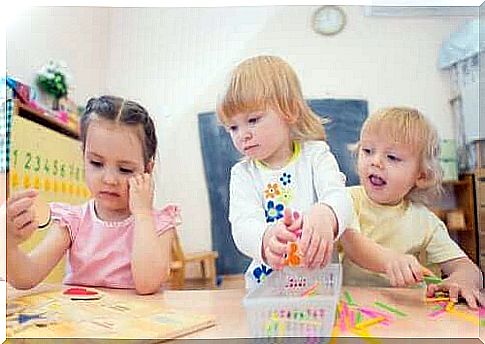
Therefore, the attention is to filter out unwanted information and focus only on what is really relevant. In order to be able to carry out a cognitive process, the attention mechanisms have to work. In other words, some degree of selection between all stimuli reaching the nervous system is fundamental.
In short, we can say that it is a complex process with two functions:
- On the one hand, the processing of information is made easier.
- On the other hand, the stimuli required to carry out various sensory, cognitive or motor activities are selected.
The different types of attention
According to the Sohlberg and Mateer clinical model of attention, there are six types of attention. They arranged these types in the form of a hierarchy, since each level of attention requires the correct function of the previous one.
Therefore, the development of attention in children is gradual. Little by little, children reach each of the following levels of attention:
- Excitement. This refers to the physiological activation. In other words, it is the ability to be awake and stay alert. It applies the ability to follow stimuli and commands.
- Concentrated attention. This is the ability to draw attention to visual, acoustic, or tactile stimuli.
- Sustained attention. This refers to the ability to maintain focus over a long period of time.
- Selective attention. This is the ability to select relevant information. This means that a person can ignore some stimuli while paying attention to others.
- Changing attention. This is the skill that enables an individual to switch focus between different tasks that employ different cognitive processes.
- Divided attention. At this level, one person can do two tasks at the same time.
The development of attention in children
The first months of life
The development of attention in children begins in the first months of life and then progresses through their maturing development. As a result, babies can focus on the tasks that they find attractive. But they also lose interest easily and quickly.
As a result, they tend to be occupied with something for just a few seconds or minutes. In fact, they are not yet able to analyze situations or control their attention.
The development of attention in children during the early childhood phase
In the early childhood phase, children develop voluntary attention. During this time, the little ones learn to control their attention and stay focused longer.
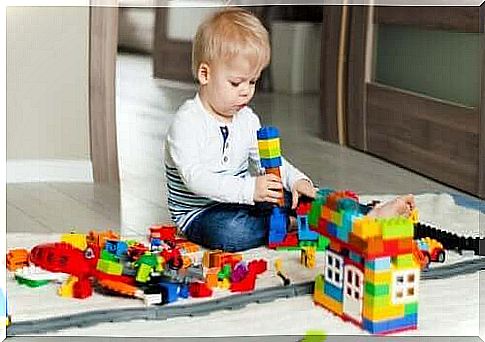
However, infants and toddlers are still distracted by new or attractive images. Therefore, they cannot concentrate on the same activity for more than 20 minutes.
5 years and older
From the age of 5, children learn when and how to pay attention. Therefore, the concentration becomes more stable.
In this phase of development, children also acquire the ability to analyze a situation. They also decide to pay more or less attention to things, depending on how much they are interested in the activity or the topic.
In addition, internal processes play a very important role in the development of attention in children. They draw a child’s attention and allow them to stay focused for a maximum of 50 minutes.

